For anyone who is interested in cultivating their own plants, veggies, or flowers, the cost to set up and maintain a raised-bed garden is an important factor to examine. The use of raised beds for gardening does require an initial investment in materials, soil, and tools, in addition to continuous expenses for upkeep. However, raised bed gardening can offer a number of advantages, including enhanced soil control, increased drainage, and easier accessibility. Your ability to properly plan and make decisions regarding the size, design, and materials of your garden can be aided by having a thorough understanding of these expenditures.
This tutorial breaks down every component of the cost to set up and maintain a raised-bed garden, giving you the ability to develop a flourishing garden without going over your budget. From selecting wood options that are reasonable to estimating the amount of soil and researching tactics that save money, this guide covers it all.
Costs of Creating and Maintaining a Raised-Bed Garden
1. Cost of Materials for Building a Raised-Bed Garden
It is possible for the cost of supplies to vary greatly depending on the type of material that you choose to use when constructing a raised-bed garden. One of the most cost-effective choices is untreated pine or fir wood, which normally ranges from fifty to one hundred dollars for a standard four-by-eight-foot bed. Cedar and redwood, which are inherently resistant to decay, are more expensive than other types of wood, the price per bed ranging from $150 to $300.
Galvanized steel beds, which are renowned for their longevity and streamlined appearance, can range in price from $300 to $600 per bed. Recycled plastic lumber, which is an alternative that is better for the environment, often ranges from 200 to 400 dollars. The most expensive beds are those made of stone and concrete block, which often cost more than $500 due to the high cost of materials and the work required to build them. For individuals who are working with a limited budget, reusing materials such as old wooden pallets or scavenged lumber can cut the expenses of each bed to as little as twenty to fifty dollars.
2. Wood Options and Their Impact on Raised-Bed Garden Costs
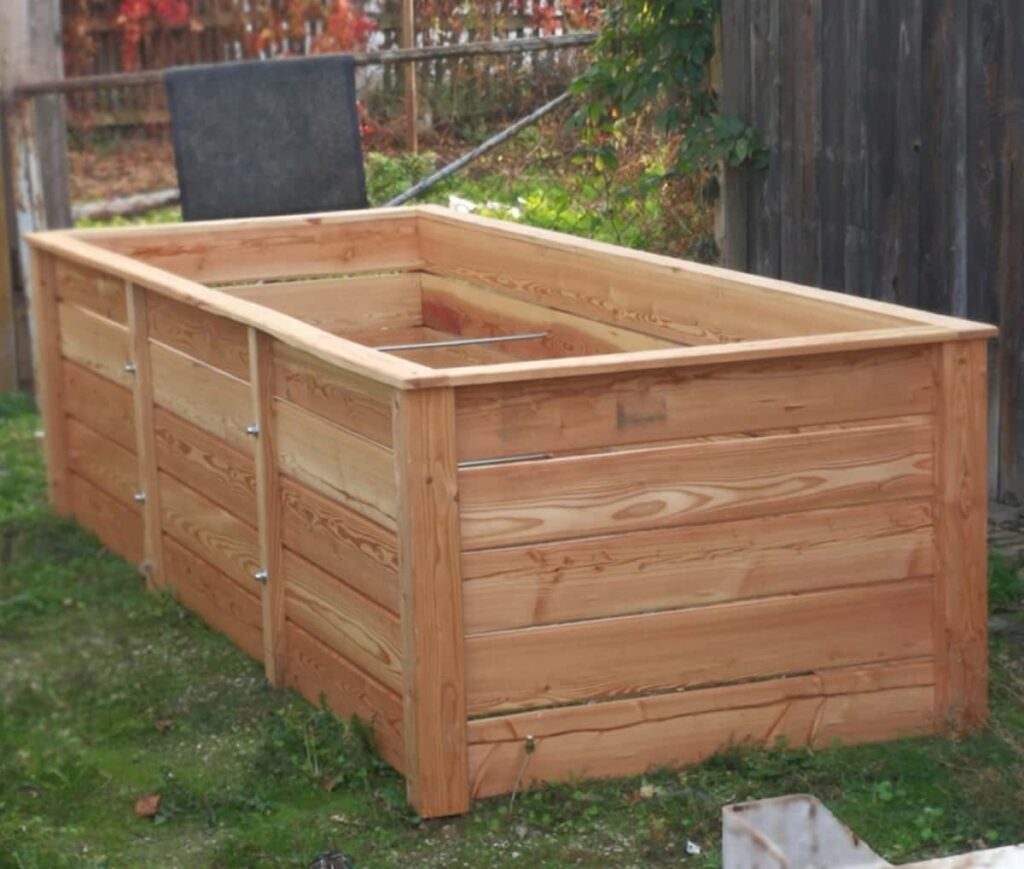
When it comes to choosing wood for a raised-bed garden, the prices might vary greatly depending on the type of wood that is chosen. It is possible that untreated pine, which can be purchased for about fifty and one hundred dollars for a four-by-eight-foot bed, will require replacing every five to seven years. The cost of a bed of cedar or redwood, which is inherently resistant to rot and insects, ranges from $150 to $300, and it can last anywhere from ten to twenty years. Even though they are extremely long-lasting, hardwoods such as black locust are relatively expensive, costing between $400 and $600 per bed.
The cost of pressure-treated wood, which is treated chemically to prevent decay, normally runs from 80 to 150 dollars per bed, but there is a possibility that it could cause chemical leaking into the soil for some people. The use of repurposed wood, such as pallets, can reduce prices by ten to thirty percent; nevertheless, it is essential to make certain that the wood is untreated and suitable for the cultivation of food plants.
3. Cost Comparison: Alternative Materials for Raised-Bed Gardens
Although alternative materials such as stone, metal, and recycled plastic each have their own set of advantages, the prices of these materials might vary. Beds made of galvanized steel are not only contemporary, long-lasting, and resistant to pests, but they can also be quite pricey, typically costing between $300 and $600 per bed. Beds made of stone and brick are long-lasting and aesthetically pleasing; nevertheless, they take a large amount of time and materials, which drives up the cost to more than $500. Concrete blocks are more cost-effective, with the average cost per block ranging from one to three dollars.
However, in order to construct a raised bed that is practical, additional charges for mortar or stabilizing materials are required, which brings the entire cost to between two hundred and four hundred dollars. Although it is better for the environment, recycled plastic timber can cost anywhere from $200 to $400 per bed. Every material has advantages and disadvantages, so it is essential to strike a balance between cost, durability, and beauty.
4. Soil Expenses for Filling a Raised-Bed Garden
One of the most significant costs is the one that is associated with filling a raised-bed garden with soil of a good quality. The amount of soil required for a normal bed that is 4 feet by 8 feet and 12 inches deep is roughly 32 cubic feet. The prices of soil normally range from five to fifteen dollars per cubic foot, which means that the total cost of soil might be anywhere from one hundred sixty to four hundred and eighty dollars.
A mixture of topsoil, compost, and other organic materials is preferred by many gardeners because it produces an environment that is rich in nutrients. However, this may result in a minor rise in the cost. It is possible to cut expenses to thirty to sixty dollars per cubic yard by purchasing bulk soil delivery; however, this choice is only feasible for gardens that are larger in size. The use of supplements such as peat moss or vermiculite might add an additional twenty to fifty percent to the overall cost.
5. Calculating Soil Volume and Cost for Your Raised-Bed Garden
Before you can begin to calculate the soil volume and cost for your raised-bed garden, you must first determine the measurements of your individual bed. For instance, a bed that is four feet by eight feet and twelve inches deep can hold thirty-two cubic feet of soil. The cost of dirt alone would range from 160 to 480 dollars (at a rate of 5 to 15 dollars per cubic foot). A deeper bed, such as one that is 18 inches deep, will result in an increase in volume to 48 cubic feet, which will bring the price up to between 240 and 720 dollars. When you buy in bulk, you can save money because the rates drop to between 30 and 60 dollars per cubic yard (27 cubic feet).
Depending on your location and the seller, the delivery prices for bulk dirt normally range anywhere from fifty to one hundred and fifty dollars. It is possible that pre-mixed soil blends made for raised beds, such as ones that incorporate compost and perlite, might cost anywhere from ten to twenty dollars per bag. This can rapidly add up if you are filling many beds.
6. The Role of Compost in Reducing Long-Term Raised-Bed Garden Costs
By enhancing the fertility and structure of the soil, compost is an essential component in the process of lowering the long-term expenditures associated with a raised-bed garden. The cost of purchasing compost can range anywhere from five to fifteen dollars per cubic foot, or thirty to sixty dollars per cubic yard if it is purchased in bulk. Making your own compost, on the other hand, can result in annual savings of hundreds of dollars. Materials for composting, such as kitchen leftovers, yard debris, and leaves, are sometimes free of charge.
The cost of a simple compost bin or tumbler ranges from fifty to two hundred dollars. Utilizing compost that is generated at home can, over time, reduce the need to purchase fertilizers, which normally cost between twenty and fifty dollars each bag. Not only does compost improve water retention, but it also reduces the amount of money spent on irrigation by ten to thirty percent every month during peak growth seasons. You may develop a system that is both sustainable and cost-effective for managing your raised-bed garden by making an investment in composting to create a system.
7. Cost of Plants and Seeds for a Thriving Raised-Bed Garden
In the process of establishing a raised-bed garden, another aspect to take into consideration is the expense of the plants and seeds. The most cost-effective choice is to buy seed packets, which can be purchased for anywhere between two and five dollars each packet. When it comes to planting seeds, a single packet typically offers enough seeds to sow numerous beds, making it an economical option for novice gardeners. Starting plants or seedlings, on the other hand, can range anywhere from five to fifteen dollars per plant, depending on the type and size of the plant. As an illustration, tomato plants normally cost between eight and twelve dollars, whereas herbs such as basil or mint may cost between four and six dollars.
In the event that you are cultivating a wide selection of vegetables, fruits, and flowers, the total cost of beginning plants could range anywhere from fifty to two hundred dollars. In order to save money, you might want to think about starting seeds indoors or swapping plants with other people who garden.
8. Initial Tool Costs for Setting Up a Raised-Bed Garden
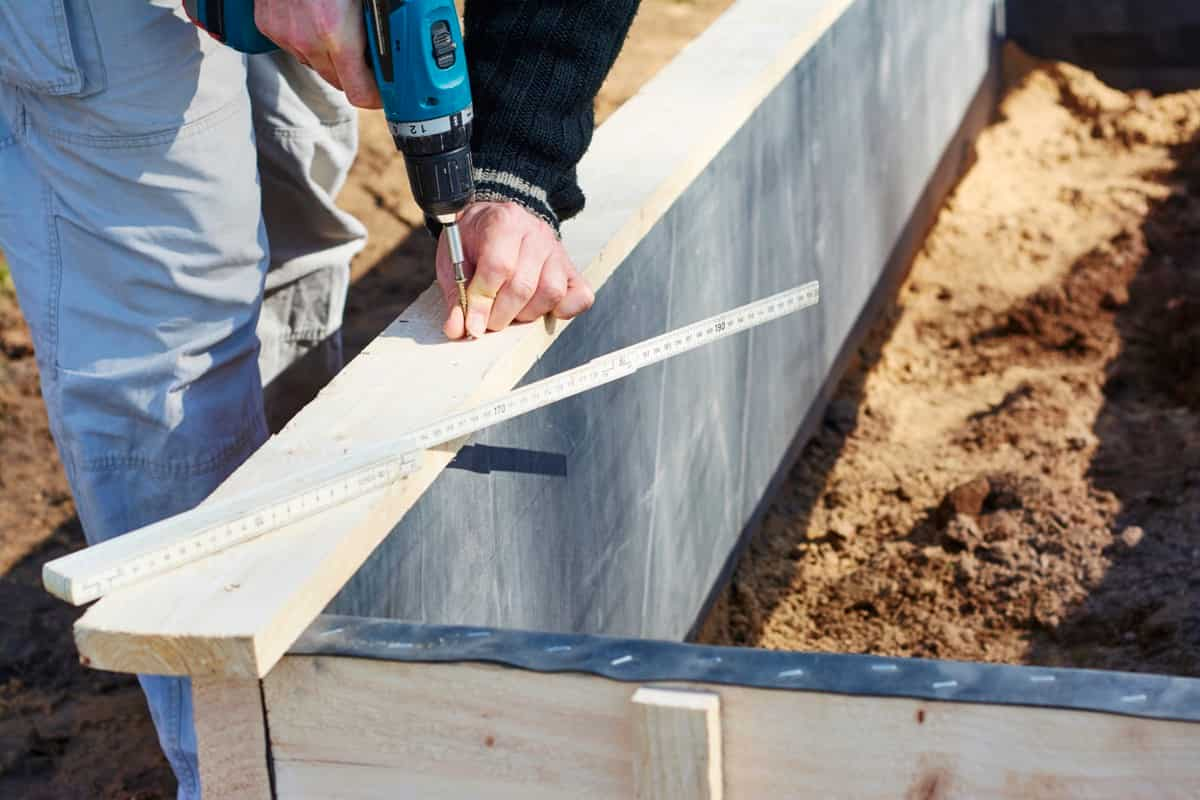
It is necessary to have a few key tools in order to set up a raised-bed garden, which has the potential to increase the initial investment. Gardening implements such as a trowel, hand fork, and pruners normally cost between ten and thirty dollars each. The price of a rake can range anywhere from fifteen to forty dollars, while the price of a robust shovel or spade can be anywhere from twenty to fifty dollars. If you intend to construct your own raised bed, you will likely require a saw and a drill, each of which may cost anywhere from $35 to $100.
The purchase of a soil tamper or wheelbarrow might make the process simpler for individuals who prioritize convenience; nevertheless, this may result in an increase of fifty to one hundred dollars in expenses. In spite of the fact that these tools have an initial cost, they are reusable and can last for years, which makes them a sensible investment for gardening that is done over a longer period of time.
9. Watering Systems and Irrigation Costs
It is essential to have watering systems in place in order to keep a raised-bed garden in good health, and the cost of these systems varies depending on the approach that you select. The price of a basic watering can runs from ten to thirty dollars, while the price of a combination hose and nozzle normally falls between twenty and fifty dollars.
The installation of a drip irrigation system can save time and water for larger gardens, but the materials and setup might cost anywhere from fifty to two hundred dollars. Simplified and more cost-effective, soaker hoses typically range in price from ten to twenty-five dollars per hose. Although they require an initial investment of fifty to one hundred and fifty dollars, rain barrels, which collect and store rainwater for irrigation purposes, have the potential to dramatically lower water bills. The cost of water during peak growth seasons might range anywhere from ten to thirty dollars per month, depending on your usage and the rates in your area.
10. Mulch and Covers: Protecting Your Raised-Bed Garden on a Budget
When it comes to safeguarding your raised-bed garden from weeds, pests, and extreme weather, mulch and coverings are necessary. Typically, the cost of a bag of organic mulch, such as straw or wood chips, ranges from three to six dollars, and each bag covers approximately two to three square feet. It is possible that you will require four to six bags for a bed that is four feet by eight feet, which will increase the total cost to twelve to thirty-six.
The cost of plastic mulch ranges from ten to twenty dollars a roll, and it can cover multiple beds. Plastic mulch helps to retain moisture and inhibit weeds. Depending on the size and substance, row coverings or frost blankets, which are used to protect plants from cold weather, can range anywhere from fifteen to fifty dollars. Spending money on covers that are long-lasting can result in cost savings over time because they can be used for multiple seasons.
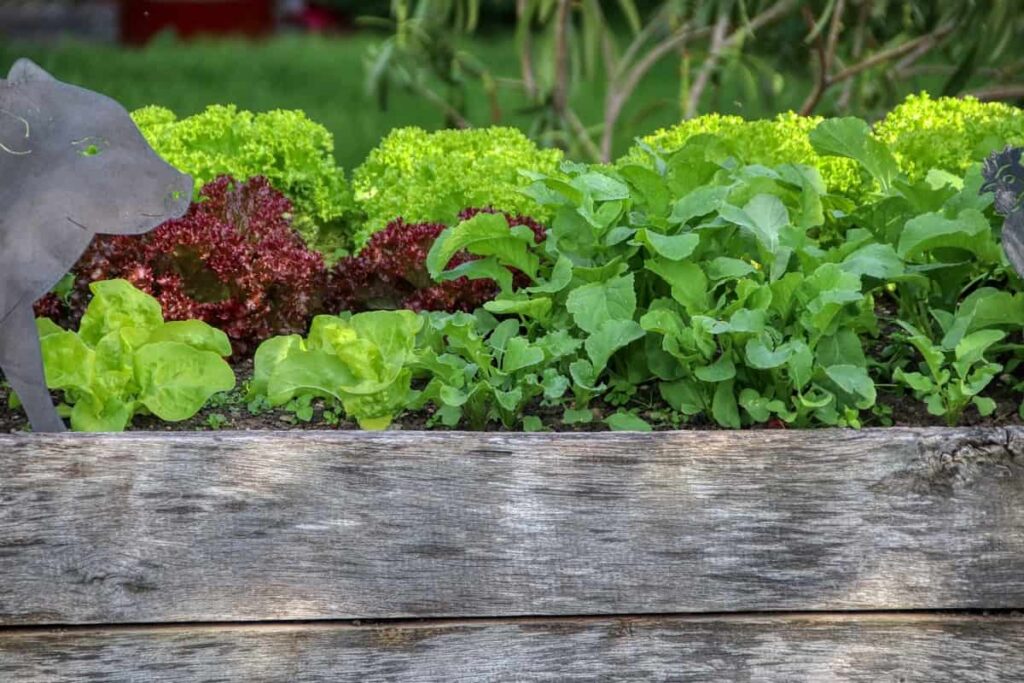
11. Fertilizers and Soil Amendments: Hidden Costs of Raised-Bed Gardens
The use of fertilizers and soil amendments is sometimes disregarded, despite the fact that they might add additional costs to the upkeep of a raised-bed garden. Bags of granular fertilizer normally cost between 10 and 25 dollars, while bottles of liquid fertilizer can cost anywhere from 15 to 30 dollars. Organic choices, such as fish emulsion or seaweed extract, may cost between twenty and forty dollars per container, but they are preferred due to the fact that they are more environmentally friendly. The price of soil supplements, such as lime or sulfur, which are used to modify pH levels, normally ranges from ten to twenty.
If you want to increase drainage, adding perlite or vermiculite might cost anywhere from $15 to $30 per bag. Depending on the size of your garden and the particular requirements of your plants, these costs can mount up to anywhere between fifty and one hundred and fifty dollars over the course of a growing season.
12. Pest Control Costs for a Healthy Raised-Bed Garden
It is vital to protect your raised-bed garden from pests in order to guarantee a good harvest, but doing so may incur additional expenses. Pest control options that are organic, such as neem oil or insecticidal soap, often cost between ten and twenty-five dollars per bottle. Physical barriers, such as row covers or nets, can range in price from fifteen to fifty dollars, depending on the size and the material. For severe infestations, beneficial insects such as praying mantises or ladybugs can be acquired for a price ranging from twenty to fifty dollars per box.
Chemical pesticides, despite their efficacy, can range from fifteen to forty dollars per bottle and may raise worries about their influence on the environment. It is possible to lower the costs associated with pests by ten to thirty percent annually by investing in preventative measures such as crop rotation or companion planting.
13. Seasonal Maintenance Costs for a Sustainable Raised-Bed Garden
Seasonal upkeep is essential to ensuring that your raised-bed garden remains productive throughout the whole year, but it does come with ongoing expenses. It may cost between twenty and fifty dollars per bed to replenish the soil or add compost at the beginning of each season. To avoid weeds and to keep moisture in the soil, mulching can contribute an additional 10 to 30 percent to each bed. It is common for pruning tools, gloves, and other maintenance materials to cost between ten and thirty dollars each. Investing in frost protection or insulating materials throughout the winter can cost anything from twenty to fifty dollars.
Repairing irrigation systems or replacing worn-out tools on a regular basis might add between thirty and seventy dollars annually. Your garden can be maintained in a sustainable and profitable manner if you allocate between one hundred and two hundred dollars a year for seasonal maintenance.
14. Long-Term Durability and Replacement Costs of Raised-Bed Gardens
Although raised-bed gardens are long-lasting, they will ultimately need to be replaced or repaired, which will add to the overall costs over the long term. Beds made of wood normally have a lifespan of between five and fifteen years, depending on the type. It is possible that replacing untreated pine beds may cost between fifty and one hundred dollars every five to seven years, but replacing cedar or redwood beds would cost between one hundred and three hundred dollars every ten to twenty years. Even though they are initially more expensive, metal beds are rarely in need of replacement and can last for more than twenty years.
Beds made of stone or concrete block are lasting, but they may need to be repaired on occasion. The cost of materials and labor ranges from fifty to one hundred dollars. Making preparations for these replacement expenditures guarantees that your garden will continue to work without causing any unanticipated financial burden.
15. Geographic Variations in Raised-Bed Garden Setup Costs
There is a substantial amount of variation in the expense of establishing a raised-bed garden depending on the location of the garden. As a result of increased demand and transportation costs, the price of commodities such as wood or soil may be ten to twenty percent higher in urban regions. The cost of delivery for bulk soil or compost might range anywhere from fifty to one hundred and fifty dollars, depending on the distance traveled and the availability of the supplier. Materials such as wood or stones can be scavenged in rural regions, which can lower prices by ten to thirty percent. It is also possible that climate has an effect on expenses.
For example, colder locations would need to make additional investments in frost protection ($20–$50), whilst drier regions might require more irrigation equipment ($50–$150). When you have a realistic budget for your garden, it is helpful to have an understanding of the regional cost disparities.
16. Tips for Minimizing Costs While Maximizing Raised-Bed Garden Yields
Utilizing resourcefulness and strategic planning is required in order to save costs while also maximizing yields. By beginning with repurposing resources such as used pallets or waste wood, you can reduce the price of bed construction by ten to fifty percent. Instead of purchasing soil nutrients, utilize homemade compost to save between twenty and fifty dollars annually.
To save money on planting, choose seed packets (two to five) rather than starter plants (five to fifteen). Rain barrels (50–150) and drip irrigation (50–200) are two methods that can be utilized to effectively water. By rotating crops and engaging in companion planting, you can cut down on the costs associated with pest control (10–30). You will be able to achieve a flourishing garden while reducing your overall costs to between 100 and 300 dollars if you put these things into practice.
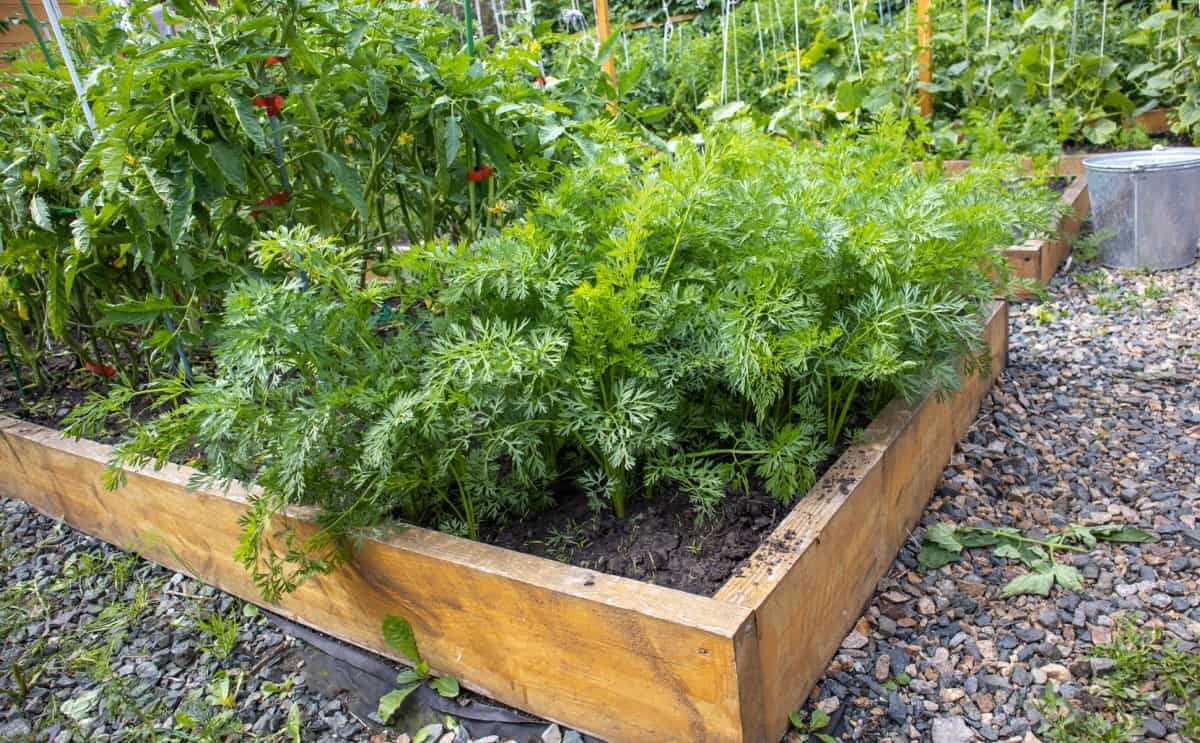
17. Cost of Raised-Bed Garden Kits vs. DIY Construction
When compared to do-it-yourself building, raised-bed garden kits are more expensive, but they offer benefits such as convenience. It is common for pre-made kits to cost between 100 and 500 dollars, depending on the size and the material. An example of this would be the price range of $200–$300 for a 4×4-foot cedar kit, whereas the price range is $400–$600 for a galvanized steel kit.
On the other hand, constructing your own bed enables you to save money and customize it to your preferences. Depending on the type of wood, the materials for a do-it-yourself wooden bed might cost anywhere from fifty to three hundred dollars. This could add anywhere from thirty to one hundred dollars to the total cost. DIY building offers greater flexibility and can cut expenses by fifty to two hundred dollars per bed, while kits, on the other hand, save time.
18. Energy Costs for Raised-Bed Garden Lighting and Heating
There is the potential for increased energy expenses for lighting and heating raised-bed gardens that are grown in greenhouses or other indoor locations. Grow lights normally cost between twenty and one hundred dollars each, with the monthly cost of electricity adding ten to thirty dollars. The equipment for heating systems, such as space heaters or heat mats, can cost anywhere from fifty to two hundred dollars, and the monthly operating costs can range anywhere from twenty to fifty dollars.
Materials that provide insulation, such as bubble wrap or thermal blankets, can lower monthly heating costs by ten to twenty percent, but they cost ten to thirty dollars. Lights driven by solar energy are an energy-efficient choice for outdoor gardens. They may be purchased for fifteen to fifty dollars up front and have low recurring costs.
19. Raised-Bed Garden Design: Balancing Aesthetics and Cost
When designing a raised-bed garden, it is important to strike a balance between aesthetics and finances. Decorative designs that are built of stone or metal can cost anywhere from $300 to $600, while simple rectangle beds made from untreated wood can cost anywhere from $50 to $100. If you add elements such as trellises or borders, the cost of each bed could increase by twenty to fifty dollars. The cost of gravel or mulch built into pathways between beds ranges from ten to thirty dollars per square foot.
If you stick to basic plans, you can save between $100 and $300 per garden, despite the fact that extravagant designs boost visual attractiveness. Deliberate design guarantees that the product is both beautiful and affordable.
20. The Hidden Costs of Raised-Bed Garden Expansion
It is important to consider the hidden costs that are included while expanding a raised-bed garden. Doubling the number of beds results in a doubling of the material expenses, which might add between 100 and 600 dollars to each bed. More soil and compost might cost between 160 and 480 dollars per bed. Irrigation systems for new beds can cost anywhere from fifty to two hundred dollars, and pest control methods can add twenty to fifty dollars.
The labor charges for installation, if hired, range anywhere from fifty to one hundred and fifty dollars. It is possible to reduce unanticipated costs by carefully planning expansions, which can keep expenditures within the range of 200–1,000 dollars per new bed.
Conclusion
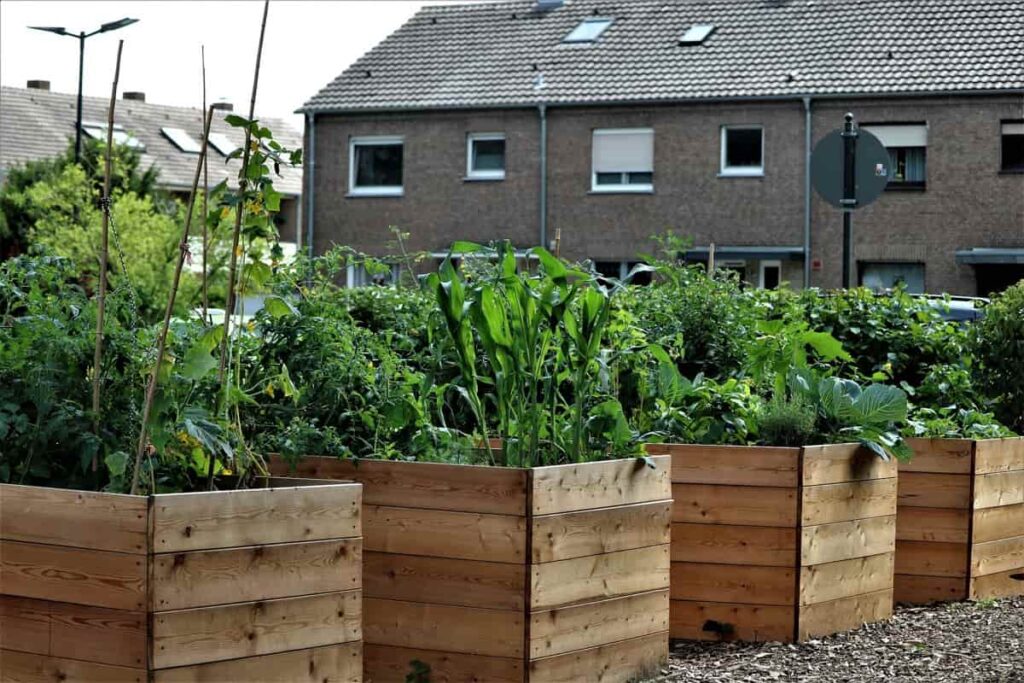
The cost of establishing and maintaining a raised-bed garden can vary greatly based on a variety of factors, including the materials used, the quality and type of the soil, the plants selected, and the location of the garden. The initial setup may involve a large investment, which can range anywhere from one hundred to six hundred dollars per bed; however, the long-term benefits typically surpass the costs. You are able to considerably cut down on the expenditures of continuous maintenance by using cost-effective strategies such as creating your own compost, repurposing materials, and preparing for seasonal care.
Understanding the costs associated with establishing and maintaining a raised-bed garden gives you the ability to build a growing environment that is not only sustainable, productive, and friendly to your budget, but also satisfies your requirements and brings you delight for many years to come.


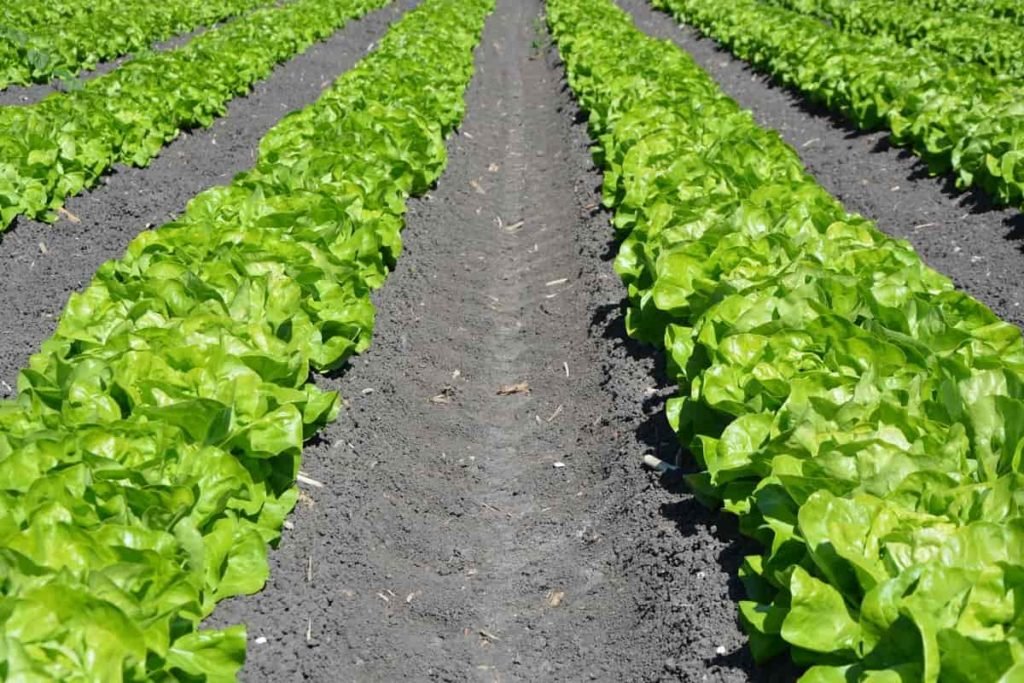
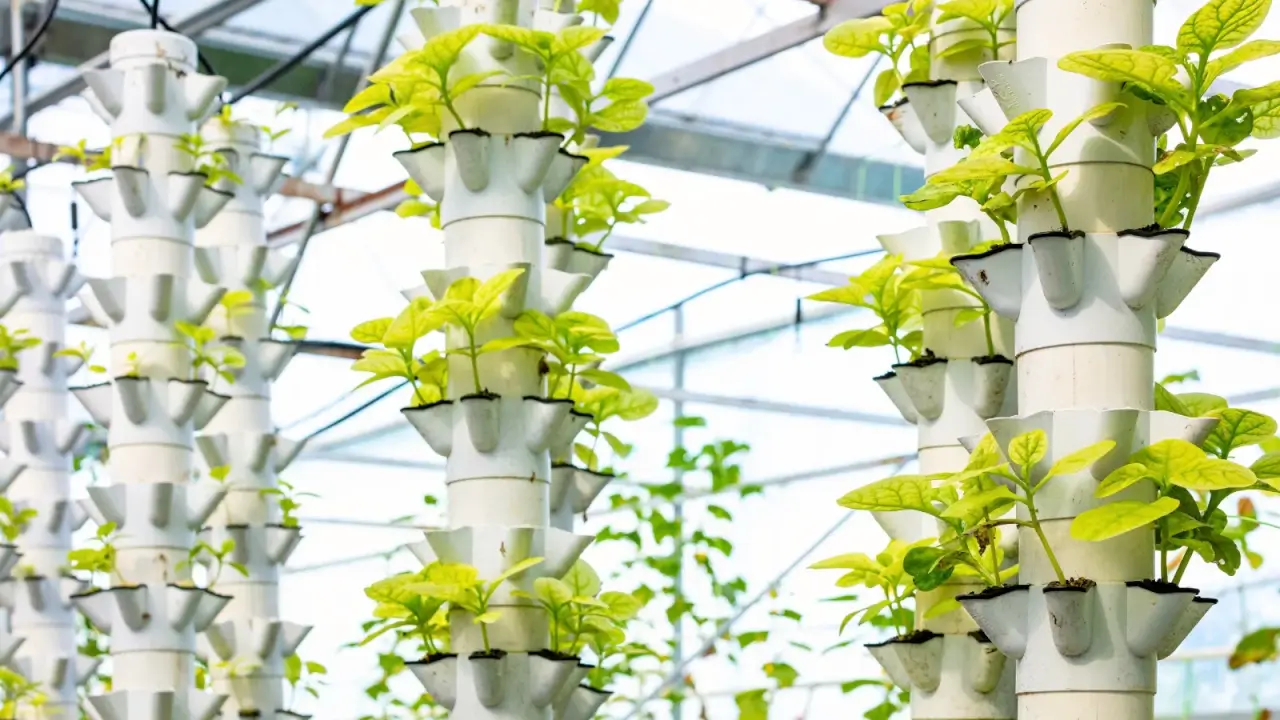
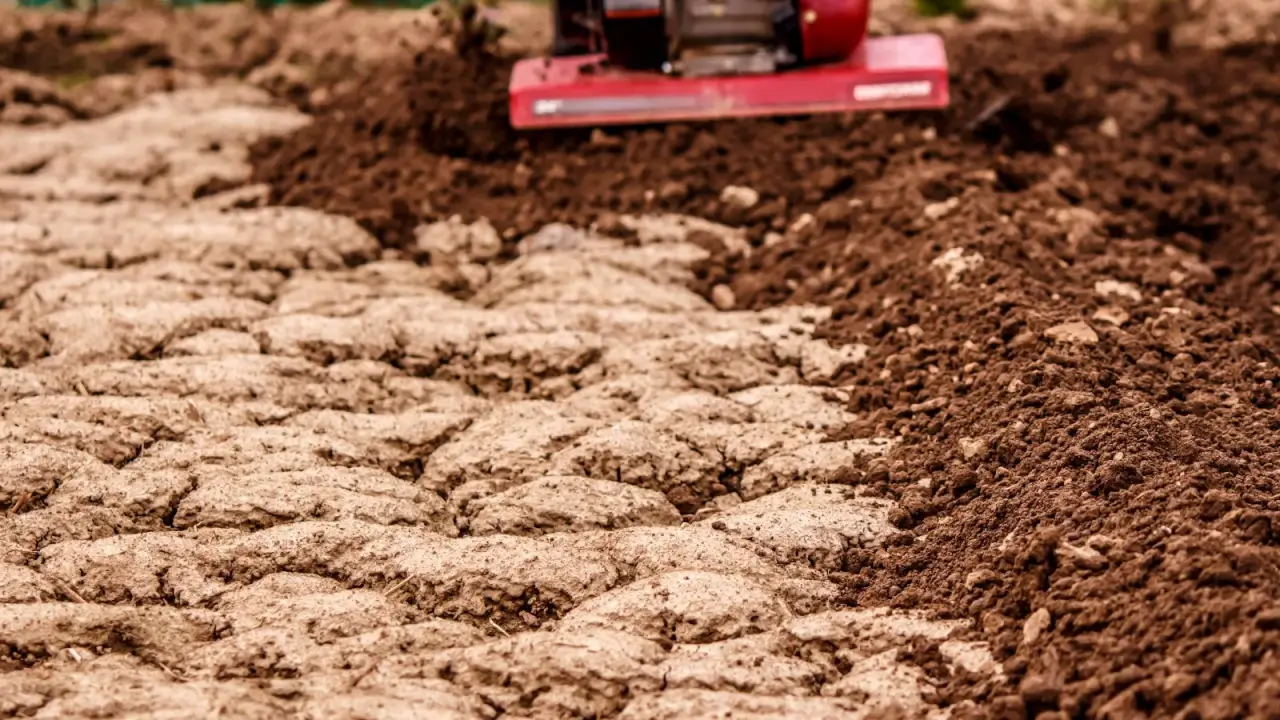










Leave a Reply